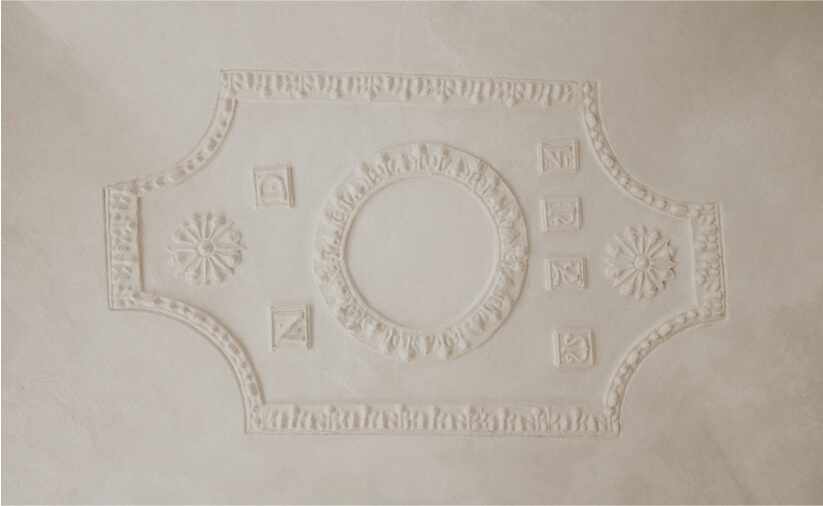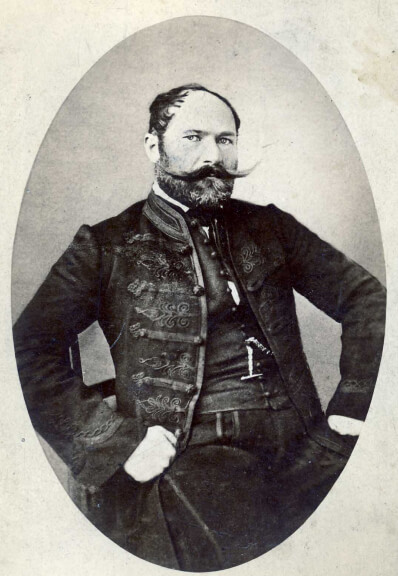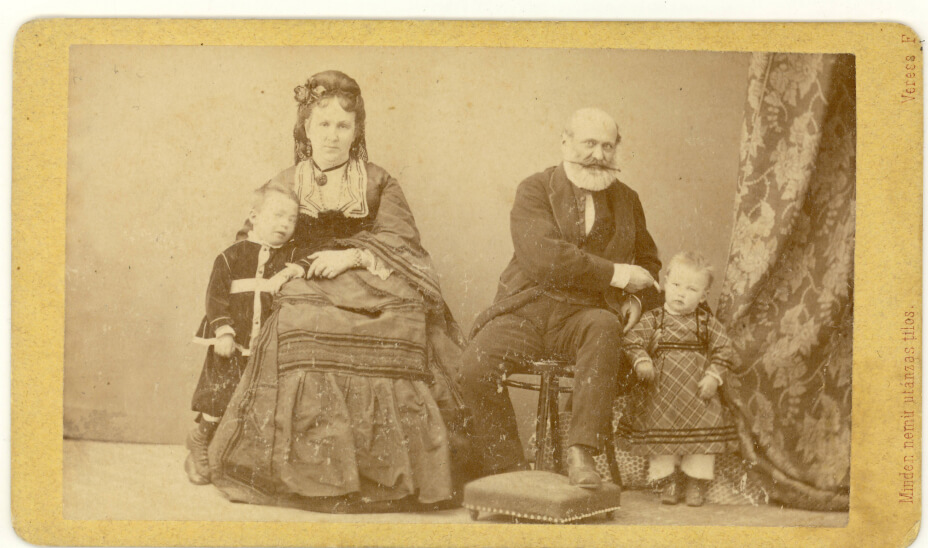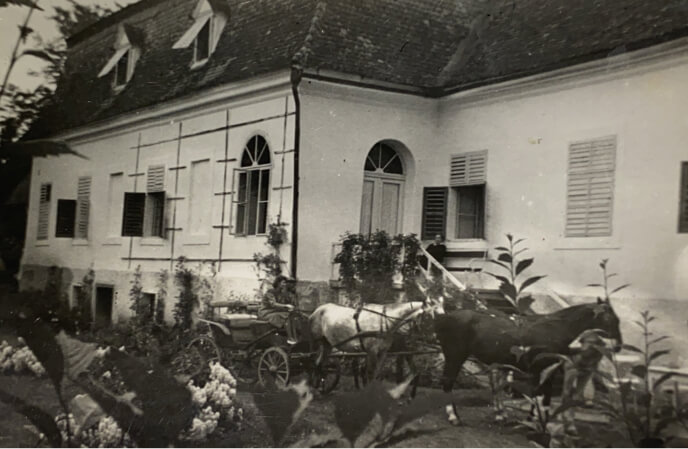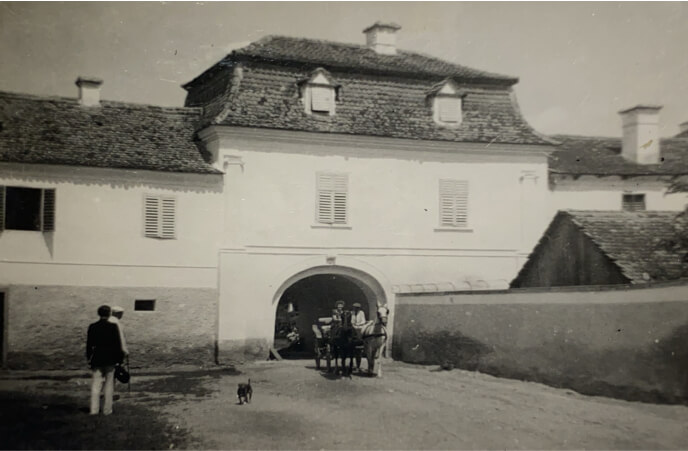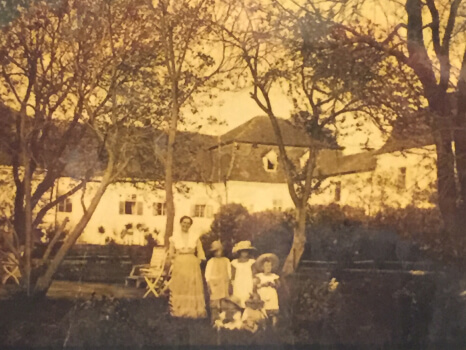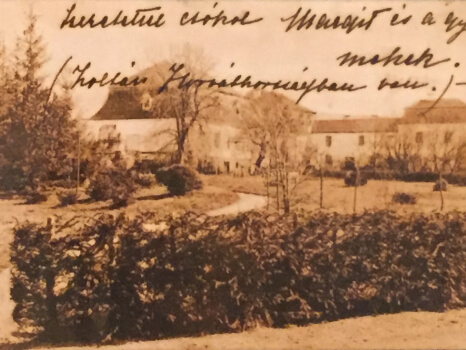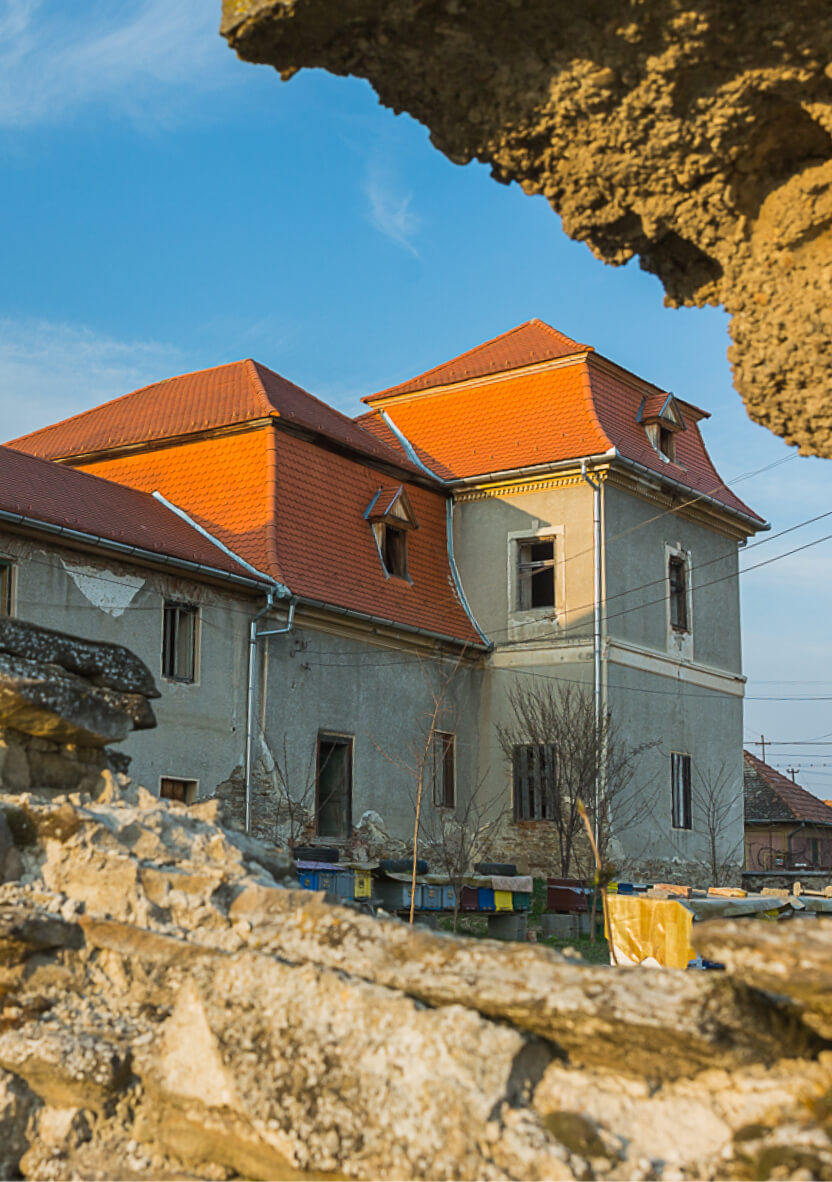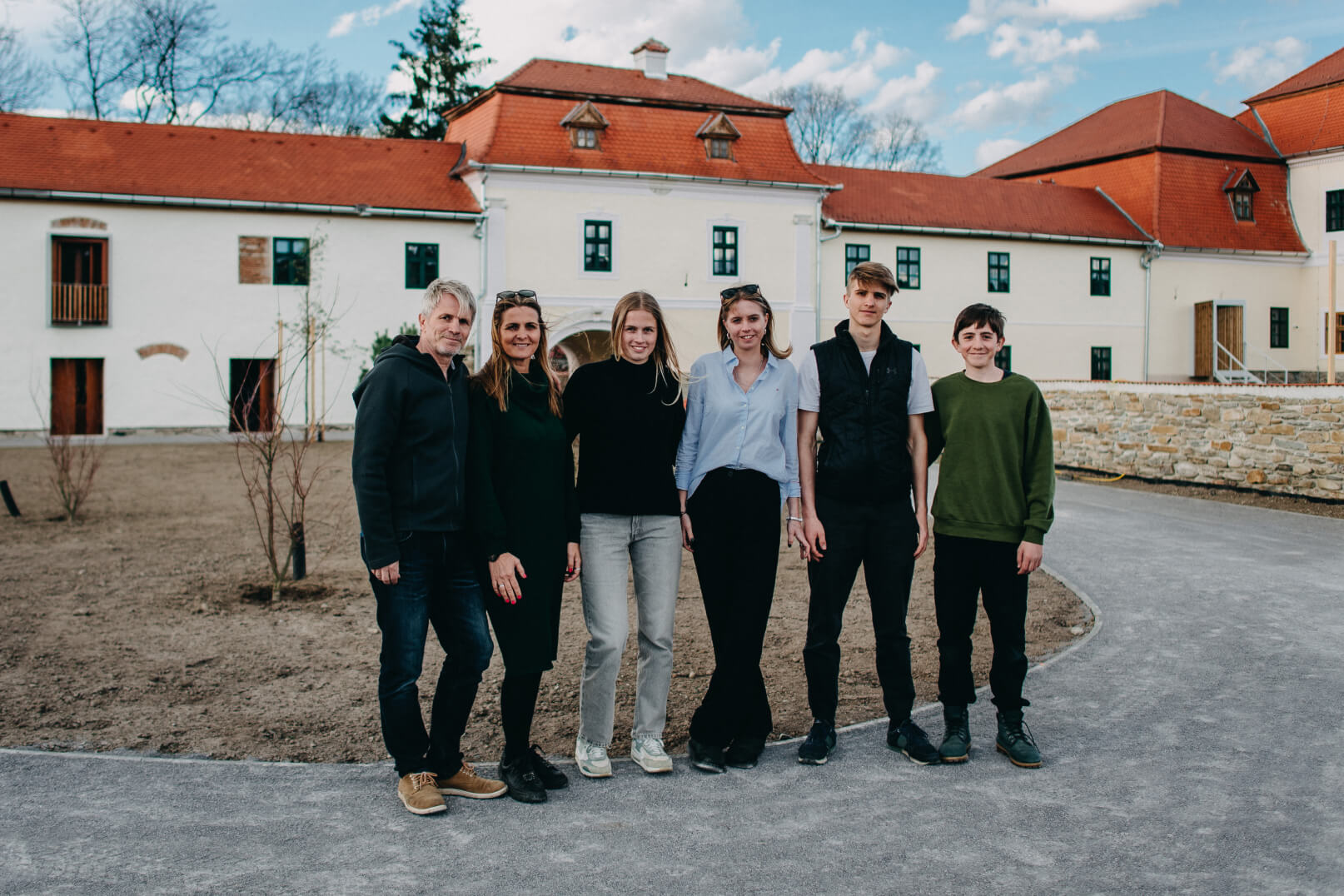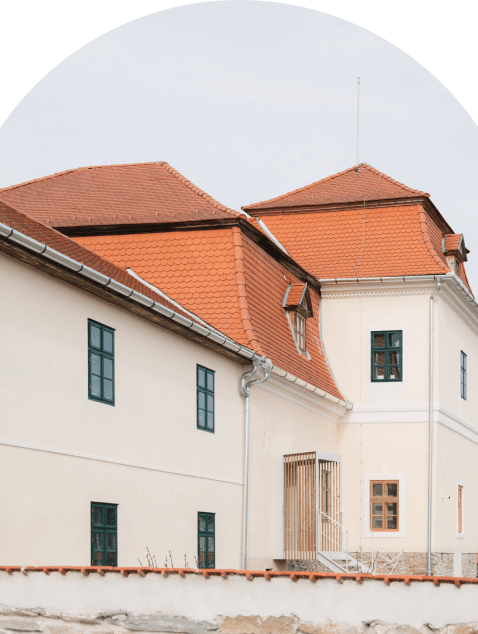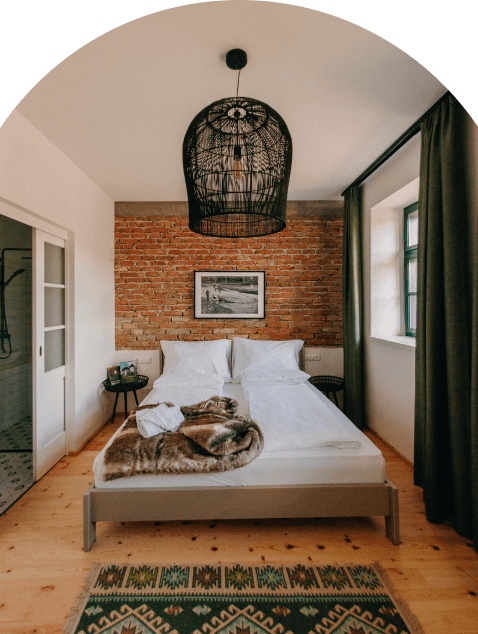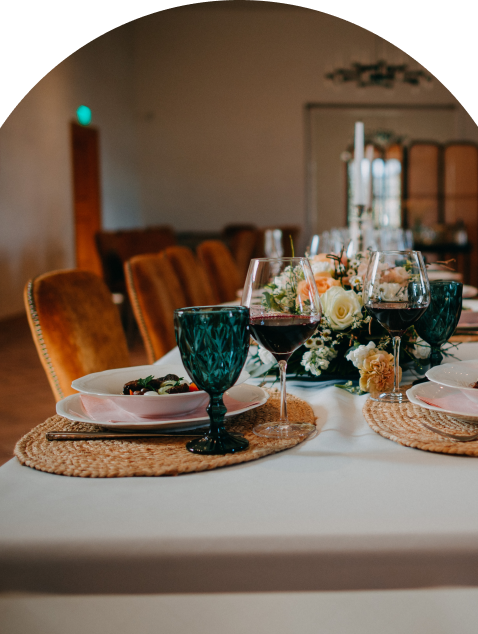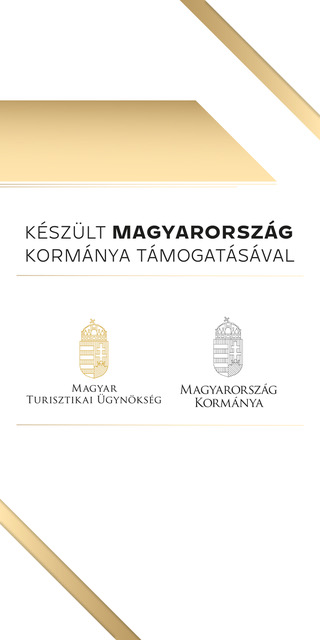In 1466 we first hear about the landowner noble Geréb family, who owned the main estate in Fiatfalva, and whose manor house had stood here since the 15th century, on the site of the castle that still stands there today. There are no written records left about this building; it is assumed that in 1588, György Geréb arranged for the renovation of the manor house or the construction of another farm building. In 1625, András Geréb, the captain of the guards of Gábor Bethlen, rebuilt the collapsed manor house in stone, in the form of a castle.
1466
1628
In 1628, after the death of András Geréb, leaving no heir, the estates were transferred to the treasury, which were donated by Prince Gabriel Bethlen to Moses Székely the Younger, who was the king's justice in Udvarhelyszék and his fiancée, Judit Lónai.
1635
In 1635, George I Rákóczi granted the entire castle of Fiatfalva, along with the associated estates to Matthias Huszár de Brenhida, his steward the chief judge of Marosszék. The castle was in the possession of Moise Székely, but because of his infidelity it passed to the prince. Matthias Huszár died in 1652, and among his two daughters, Borbála Huszár, or after her first husband, Györgyné Torma, inherited the castle of Fiatfalva. Borbála Huszár and her second husband, János Nemes de Hídvég, held their wedding in the Fiatfalva castle in February 1676.
1718
In the spring of 1718, when József Dienes Hermányi visited Fiatfalva, he found the castle in a very dilapidated state. He also mentions the recently completed restoration works, as evidenced by the inscription of the name of Domokos Nemes on the stucco vault of the castle’s courtyard chapel, which is still visible (ND 1714).
1800
We have no information about the family of Domokos Nemes. The castle was inherited by Klára Nemes, the fourth daughter of his brother, Mátyás Nemes, or was bought out from the Torma relatives. After the death of Klára Nemes in 1800, all her belongings passed to her only daughter, Julianna Bethlen Farkasné Wesselényi. In 1804, Julianna also passed away, after which her three daughters and her second husband, Antal Haller, initiated legal proceedings the inheritance. As a result of the estate division, the property in Fiatfalva was inherited by Orsolya Wesselényi, the wife of István Mikó.
1805
In 1805, an inventory was made during the assessment of the castle and the related estates, documenting the situation after the death of Julianna Bethlen. The castle was found in a deserted, empty state, almost all of the Countess's belongings had been removed from Fiatfalva, most of them sold.
1855
The daughter of István Mikó and Orsolya Wesselényi, Róza Mikó married Miklós Mikó from another branch of the Mikó family. The building acquired its present form around 1817, when Miklós Mikó rebuilt it in Baroque style. In 1855 it was sold to the mining entrepreneur Antal Zakariás. After two hundred and twenty years, the castle came into foreign hands for the first time, although it had been owned by the ninth generation of the family, but was no longer inhabited.
1866
After the death of Antal Zakariás, János Ugron de Ábránfalva, the royal judge of Udvarhelyszék and Baroness Ágnes Györffy de Lozsád purchased the castle in 1866 for 40 000 forints. Following the death of János Ugron in 1882, the estate was inherited by his son, Zoltán Ugron de Ábránfalva, who becomes a member of the National Assembly in 1892. We learn more about the life of the owners of the manor and the farm from periodicals: about the stud farm, consisting of 20 mares and 45 foals, and about the distillery, of which Zoltán Ugron is the majority owner. In 1896, the “Székely Nemzet” reports about the wedding of Zoltán Ugron and Margit Nagy, which took place at Árpád Mikó’s house, presumably because renovations were taking place at the Fiatfalva castle. The condition of the economy is also praised, as József Fodor, the gardener of the Fiatfalva castle, wins a gold medal for the vegetables grown in Fiatfalva.
1928
Zoltán Ugron passed away in 1928, and his descendants continued the model farm; his five children: Anna, János, István, Mária and Pál were all educated at renowned agricultural academies in Hungary.
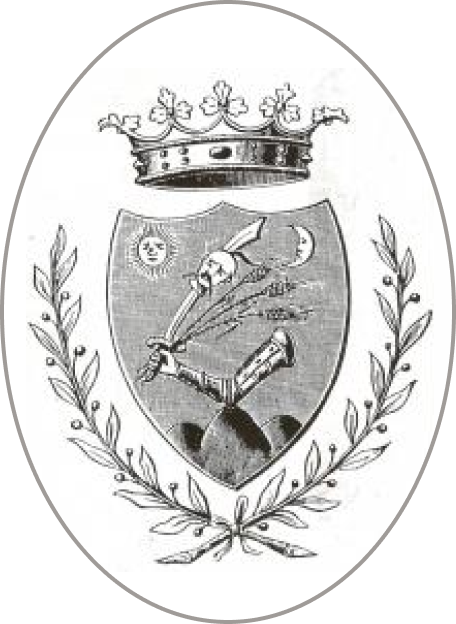
Our story…
During the communist era, the castle building was used by the local agricultural cooperative, and then it remained uninhabited from 1990 onwards. Despite being deteriorated during the cooperative's use, the most significant damages occurred after the regime change, while litigation was ongoing between the Romanian state and the original owners regarding the restitution. The original owners who regained ownership of the castle didn't have the financial means to stop the deterioration and decay, so they decided in 2005 to try to sell it within the family. Éva Ugron, a descendant of the Ugron family living in Budapest, learned about the fate of the castle at that time. It was then that she and her husband, Miklós Maróty, decided to purchase and save the castle. With their funding, they managed to halt further deterioration of the castle in 2010 by renovating the entire roof structure and replacing the roofing, and then additional external sources were needed for further developments required for utilization.
1990
In 2019, the owners of the castle decided to renovate and equip the Ugron Castle in Filiaș, which was previously inaccessible to visitors and unsuitable for any tourist functions, with new features. Within the project, the castle building was reconnected to utilities and renovated in a dignified manner, now functioning as a hotel and event centre. During the three-year renovation period, special attention was paid to planning and execution that met demanding modern standards. Efforts were made to preserve historical elements using various architectural solutions, showcasing them to visitors, resulting in an exciting interior. The ballrooms were completely renovated, and hotel rooms with private bathrooms were created. A great added value is the cross-vaulted historical cellar and the restored private chapel.
As a result of this reconstruction taking place between 2021 and 2024, the castle, the Renaissance gardens and the English park have become accessible to the general public in their current state.
Reference: Ibolya, SÁNDOR-ZSIGMOND: The lifestyle of the inhabitants of the castle of Filiaș (upon a conscription from 1805); Acta Siculica 2009, 605,622.
2019






